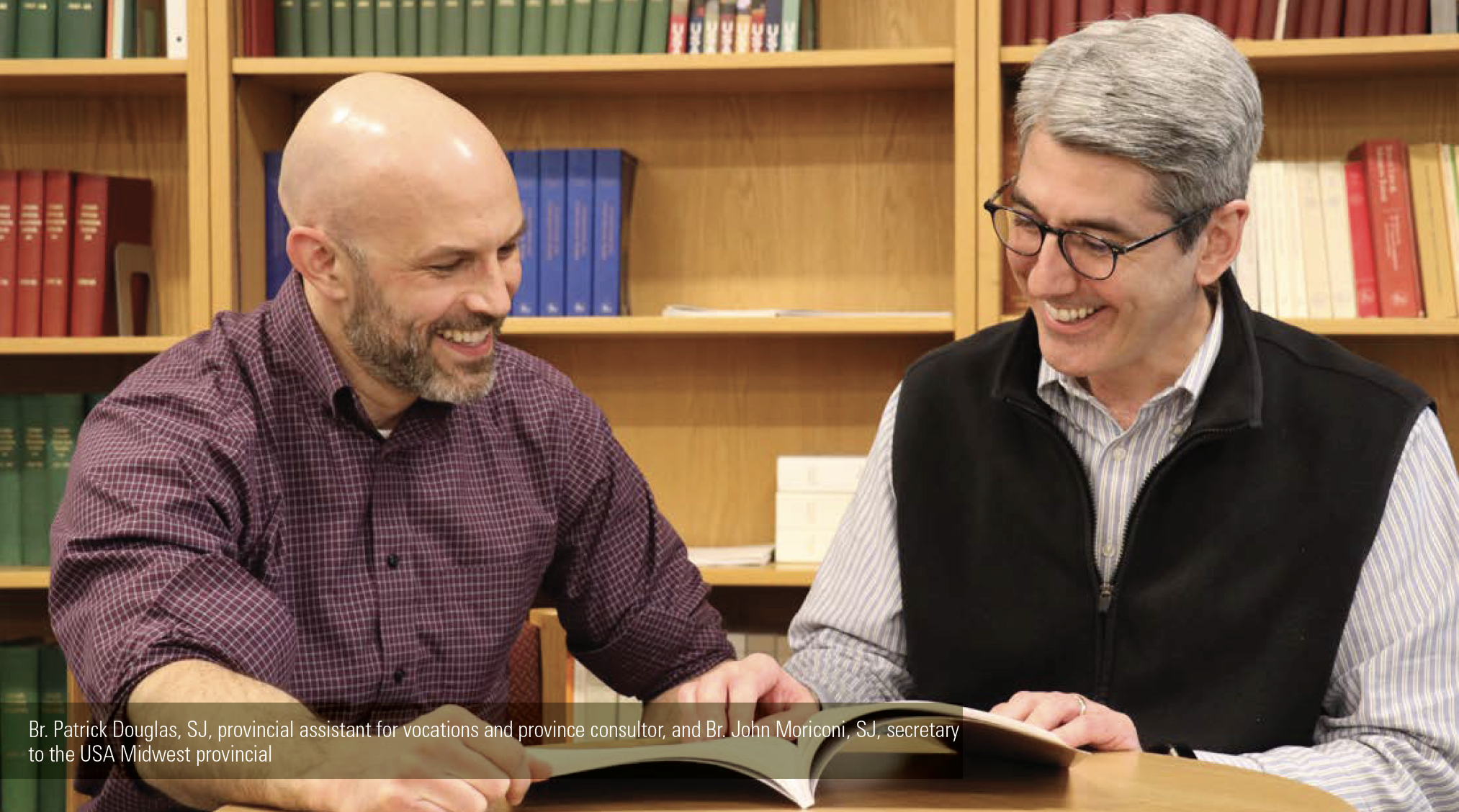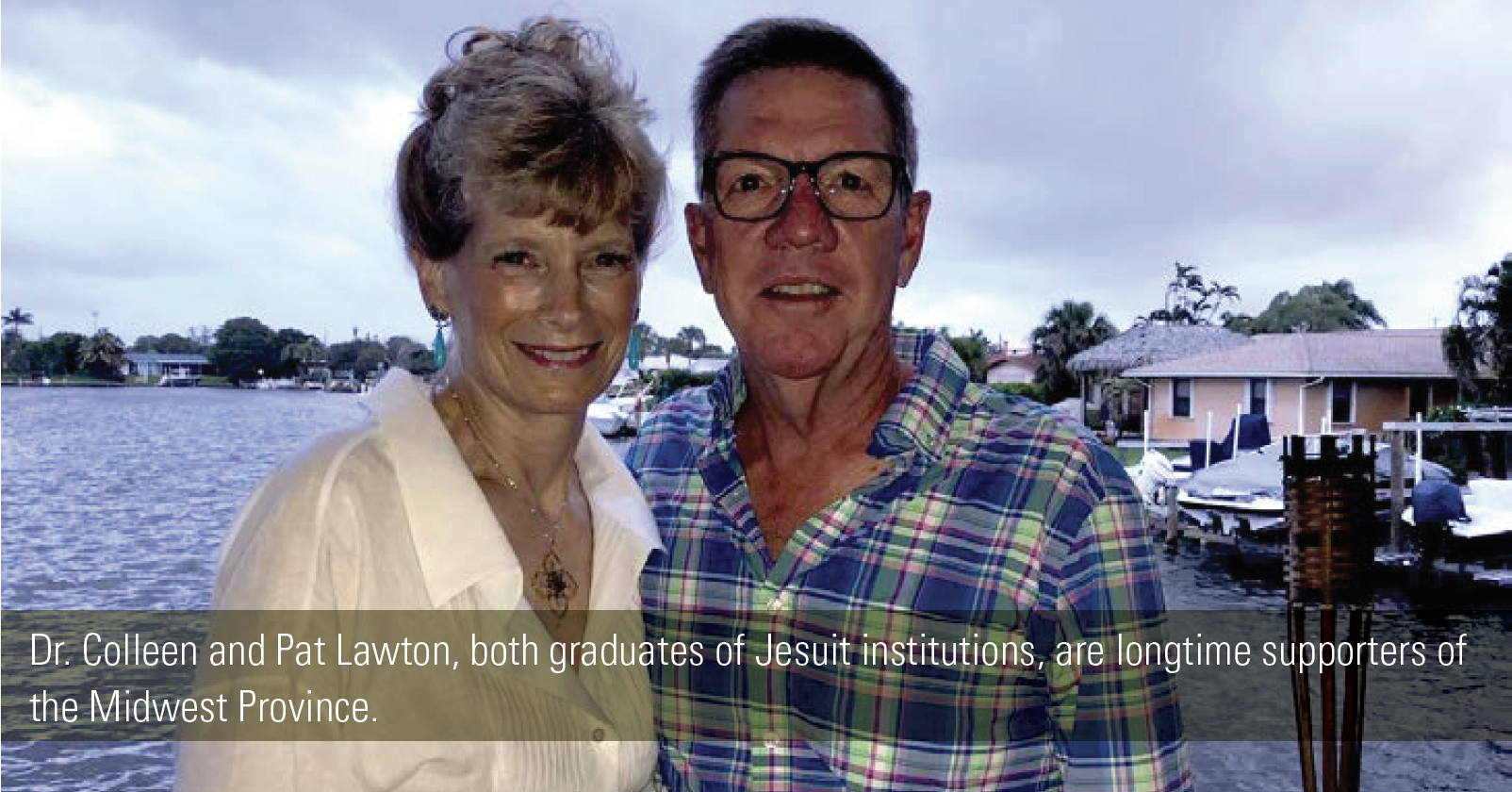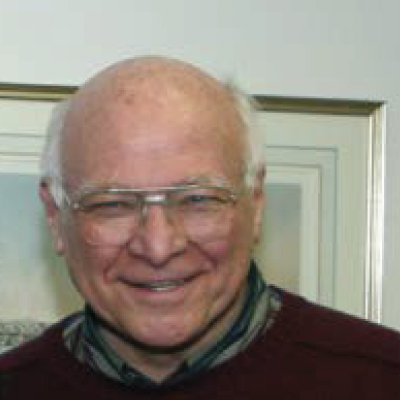
By Amy Korpi
Most people know the Jesuits through their “apostolates”—a complex word for ministries, works, or activities— like Xavier University, Milwaukee’s Church of the Gesu, Detroit’s Pope Francis Center, or Jesuit Retreat House— often called “Demontreville”—near the Twin Cities.
But what’s lesser known is how the Society of Jesus is organized, how all the Jesuits serving at those apostolates are trained (“formed” in Jesuit-speak), who manages their assignments to ensure needs are matched with individuals, and where the resources come from to care for those Jesuits when they can no longer work full time.
The answer to those questions is as old as the Society of Jesus itself.

Ignatian innovation

When the man who would become St. Ignatius of Loyola formed the Compañía de Jesús, he was not interested in becoming the order’s Superior General (as the role is now called); he wanted to stay on the move. But he came to realize that a centralized administration with one leader at the helm was needed precisely because the growing number of the Society’s members were dispersed to carry out missions all over the known world.
So, Ignatius stayed put in Rome for the last 15 years of his life because someone had to, and he had been elected to the job.
A hierarchical structure—with individual Jesuits ready to go wherever the need was greatest—was one of the Jesuits’ many innovations. At that time, most religious orders were based locally in monasteries and mandated regular group prayer and song at several points of the day (Liturgical Hours).
According to historian Markus Friedrich, the goal of the Jesuits’ system was to balance a global governance with the need for local flexibility and adaptation—through “extensive administrative structures…thought to be particularly beneficial for the strategic ‘planning’ of activities, especially of ministries and missions.”
“[Ignatius] believed in collective unity for the well-being of the whole body and at the same time, in the need for personal contributions, according to one’s own talents and strengths, ability and preparation, weaknesses and limitations,” adds scholar Jaime Emilio González Magaña, SJ.
Continuity and community
“To carry out this vision for collective unity and personal contributions, Ignatius devised a network of provincials— regional ‘generals’ who would extend the Superior General’s leadership and administer the geographic territory to which they were assigned,” says Fr. Brian Paulson, SJ, USA Midwest provincial. “This invisible infrastructure is ‘behind’ everything which bears the name Jesuit.”
“For nearly 500 years, this system has fostered the optimal care for individual Jesuits from the novitiate through formation, their years of active ministry, and their senior years, as well as the most effective allocation of resources and care for our sponsored works,” he explains.
Key to that is the provincial’s charge to identify capable applicants who want to be Jesuits, to visit works throughout his province, and to be a “perpetual eyewitness” to the apostolates of his region, as well as to the Jesuit communities working in them.
“A well-functioning province, capable and devoted provincial, and well-chosen staff facilitate the operation of all apostolic works in the region,” explains Fr. Glen Chun, SJ, USA Midwest Province socius (sometimes referred to as a province’s “Number Two Man”). “All of our ministries rely on the support and participation of the provincial office. Also, many Jesuits who work in the office do weekend supply work (filling in for diocesan priests who may be on vacation, sick leave, or performing other diocesan functions), lead retreats, and more.”
“At its heart, the province office is an internal ministry of the Society—less visible than, for instance, John Carroll University—but critical to the Jesuits’ work, because it fosters relationships and communication within and outside the region,” he adds. “And it allocates material, human, and informational resources.”
Brother John Moriconi, SJ, secretary to the USA Midwest provincial, adds that the way a province functions goes beyond tradition. “Through additions and clarifications made to the Society’s Constitutions over the years, provinces follow certain rules in terms of their operation,” he says. “And while many of the responsibilities must be fulfilled by Jesuits, we rely heavily on lay staff members to perform the work that must be accomplished by a province office.”
Some examples of a provincial’s governance duties include:
To foster religious life, training, and apostolic ministries in the regions entrusted to them and, with the aid of competent assistants, they are to take care of temporal administration, “seeking always in all things the greater service of Christ’s Church.”
To visit the houses and works of their province or region.
To diligently aid rectors and local superiors in carrying out their own function, showing them confidence and sharing broad power with them as the matter may demand.
To accomplish these responsibilities, all of the work of the province office is an extension of the provincial’s mission, which is animated by the concepts of:
- Cura personalis (“care of the person”)—attending to each province Jesuit’s spiritual, physical, psychological, and ministerial life.
- Cura apostolica (“care of the apostolic works”)—attending to the mission of all province ministries.
Provincial mission: Areas of focus
Promotion of vocations and formation of Jesuits: Before a new Jesuit even enters the Society, he needs to know that it’s the right match for him, and vice versa. That takes a lot of time and discernment. As Br. Patrick Douglas, SJ (one of five Jesuits and two laypeople who work for the province office in stewarding vocations), explains, “We accompany individuals who are interested in becoming Jesuits as they consider whether the vocation is right for them. And, while there’s a ‘recruiting’ element to it, we believe the Holy Spirit is at work helping candidates in that effort. At the same time, we are discerning whether the candidate is a match for the Society. Is he a person who is willing to travel to new environments outside his comfort zone, make an impact, and move on? Not everyone can do that.”

“I think of the province administration as the hub of a wheel, with all the ministries and missions being the spokes,” he adds. “What happens at the province level to establish a school and maintain its Jesuit character is vital to that school. For example, I think of a great teacher I had at Creighton Prep. It wasn’t until I was a Jesuit myself that I realized someone had accompanied that man while he was discerning his vocation, that many people helped form and guide him to ready him for ministry, and that several people were involved in determining that he should be missioned at Creighton Prep at that time.”

When Br. Douglas started in vocations work, there was just one Jesuit performing that function. “But then Fr. Tom Lawler and Fr. Brian Paulson realized how critical it is to invest in this area,” he says. “Certainly, we pray for vocations every day. But we also perform many very intentional activities every day. I like to say that I can pray for more fish, but if I don’t have enough nets in the water, I won’t get them into the boat. So, there needs to be a robust process and enough people to find, support, and accompany candidates to the Society. That’s why I’m on the road from my home base in Omaha an average of half of every month, and why the expenditure is warranted.”
Then, when an individual enters the Society, he makes a particular province his “home.” That province fully bears the cost of that Jesuit’s formation—many years of time and testing to become utterly available to serve the mission of the Society, wherever the need is greatest and however the glory of God may be advanced. And, if a province’s vocation efforts are fruitful, it means more resources must be found to ensure the quality of each individual’s spiritual and intellectual development.
Care of senior and infirm Jesuits: When a Jesuit is no longer able to serve actively in ministry, or needs some extra healthcare services, the provincial missions him to pray for the Church and the Society. At this stage of his life, his “home” province has the responsibility— and the blessing—to provide for him. The Midwest Province has two communities where Jesuits can continue to be companions for each other. They share meals, daily Mass, outings to sporting and other events, art classes, and more. Some are also able to continue work as chaplains, retreat directors, pastoral ministers, and counselors.
This is a major reason that Pat and Colleen Lawton, MD, support the province.

“As graduates of Jesuit education, Pat and I are grateful to the Jesuits for so much,” says Colleen. “When you think of all the homilies, baptisms, retreats, funerals, lectures, and more that these men have given to others, you can’t help but know their impact. They give all they have to their mission, without worrying about where they’ll be when they can no longer teach or minister in other more active ways.”
Pat adds, “Colleen and I want to ensure that the Jesuits who have made such a difference in our lives can live in community, with the compassion, dignity, and levels of care they deserve. There are many causes with broad universal appeal that are highly publicized. But this cause is such a ‘quiet’ need. And that’s why a gift to the province is so impactful.”
Support of regional ministries and development of new projects: The Midwest Province has many long-established ministries for which the office still serves in a facilitative role—even ministries that are separately incorporated and operated. Examples include the universities, schools, parishes and pastoral ministries, retreat houses and spirituality centers, social justice ministries, and missions with indigenous peoples in South Dakota, as well as Loyola Press.

“Our job is to care for our traditional apostolates,” says Fr. Paulson, “as well as continue to read the signs of the times and look for new ways to serve people on the margins and venture to new frontiers. Provincial assistants and directors in each apostolic sector assist me in all these endeavors, so that we can plan accordingly and look for synergies. Lay formation is a great example of that.”
It is part and parcel of the mission and identity of the Jesuits to press the boundaries toward new geographic, social, cultural, and religious frontiers. Examples of more recent innovations include the founding of Cristo Rey and Nativity model schools, the Ignatian Spirituality Project, Ignatian Volunteer Corps, our communications ministry (which includes daily reflections offered through JesuitPrayer.org), and Arrupe College at Loyola University Chicago (the first Jesuit community college in the country).
Continuing in this spirit, it is each province’s ongoing challenge to create and develop ministries to address emerging needs. As such, the province can be likened to a venture capital firm that seed funds (with donors as its investors providing that capital), seeking new ways to “care for souls” and promote the “greater honor and glory of God.”
Advancement of global ministries and relationships with the universal Society: Connection with the extended Jesuit/Ignatian community nationally and internationally is something only the province office—being a hub for communications with other Jesuit provinces—can provide. Additionally, provinces around the world learn from each other, sharing expertise and best practices.
At any given time, 20 to 30 international Jesuits might be studying or working in the Midwest, causing the province to look like a mini-consulate. In turn, we are the recipients of similar hospitality as we send Jesuits around the world to minister and study. Province staffers write grants to aid international ministries, and our province responds to humanitarian concerns and natural disasters throughout the world.
Provinces sometime enter a convenio, a collective agreement called “twinning” that offers opportunities to learn and grow together—to support the growth of the provinces themselves, as well as to help the people in these regions improve their lives intellectually, spiritually, and socioeconomically. Currently, the Midwest Province is twinned with the East African Province, the Kohima Region of northeast India, and the province of Peru.
“We all foster international and apostolic works, even though we’re working out of Chicago or perhaps somewhere else in the United States,” says Fr. Chun, “And this includes all of our lay collaborators, who are integral to everything we do in all the province’s mission areas.”




